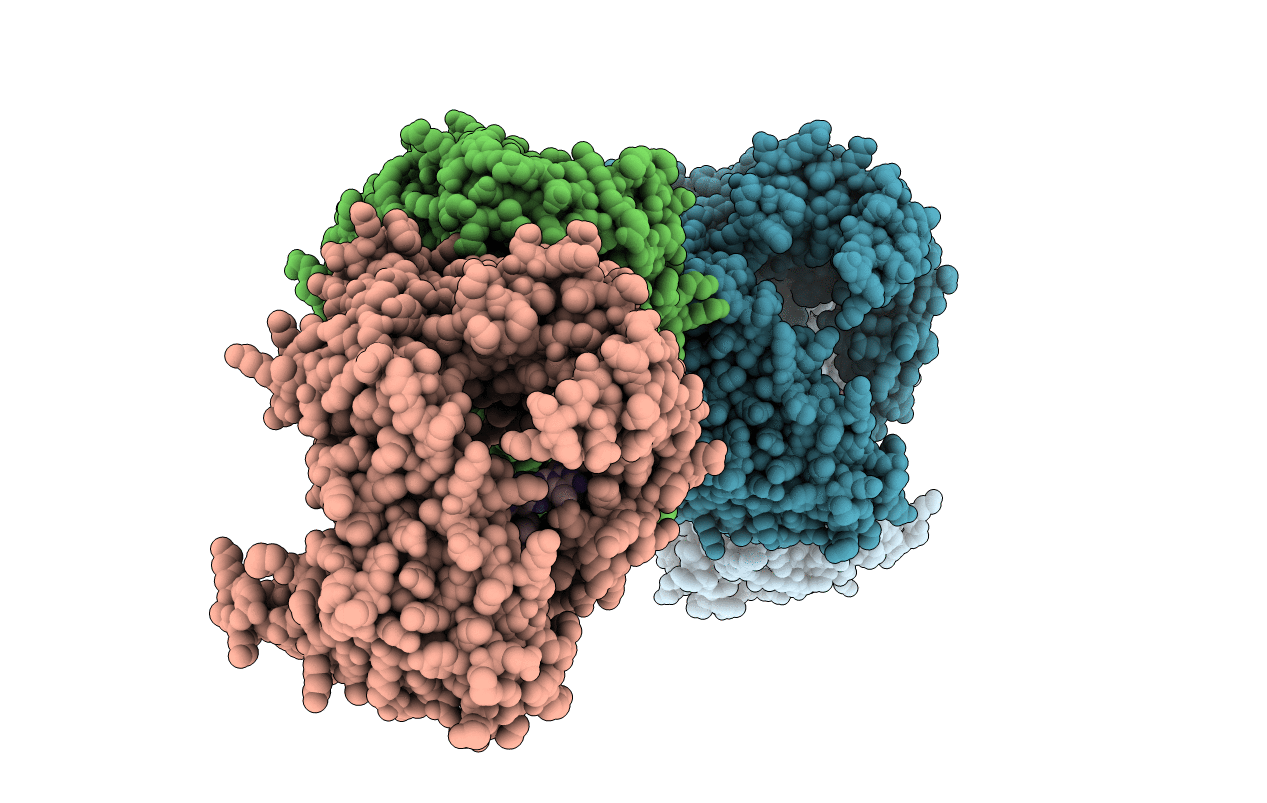
Deposition Date
2004-09-21
Release Date
2004-12-07
Last Version Date
2024-02-14
Entry Detail
PDB ID:
1XHZ
Keywords:
Title:
Phi29 DNA polymerase, orthorhombic crystal form, ssDNA complex
Biological Source:
Source Organism:
Bacillus phage phi29 (Taxon ID: 10756)
Host Organism:
Method Details:
Experimental Method:
Resolution:
2.70 Å
R-Value Free:
0.26
R-Value Work:
0.21
R-Value Observed:
0.21
Space Group:
P 21 21 21


